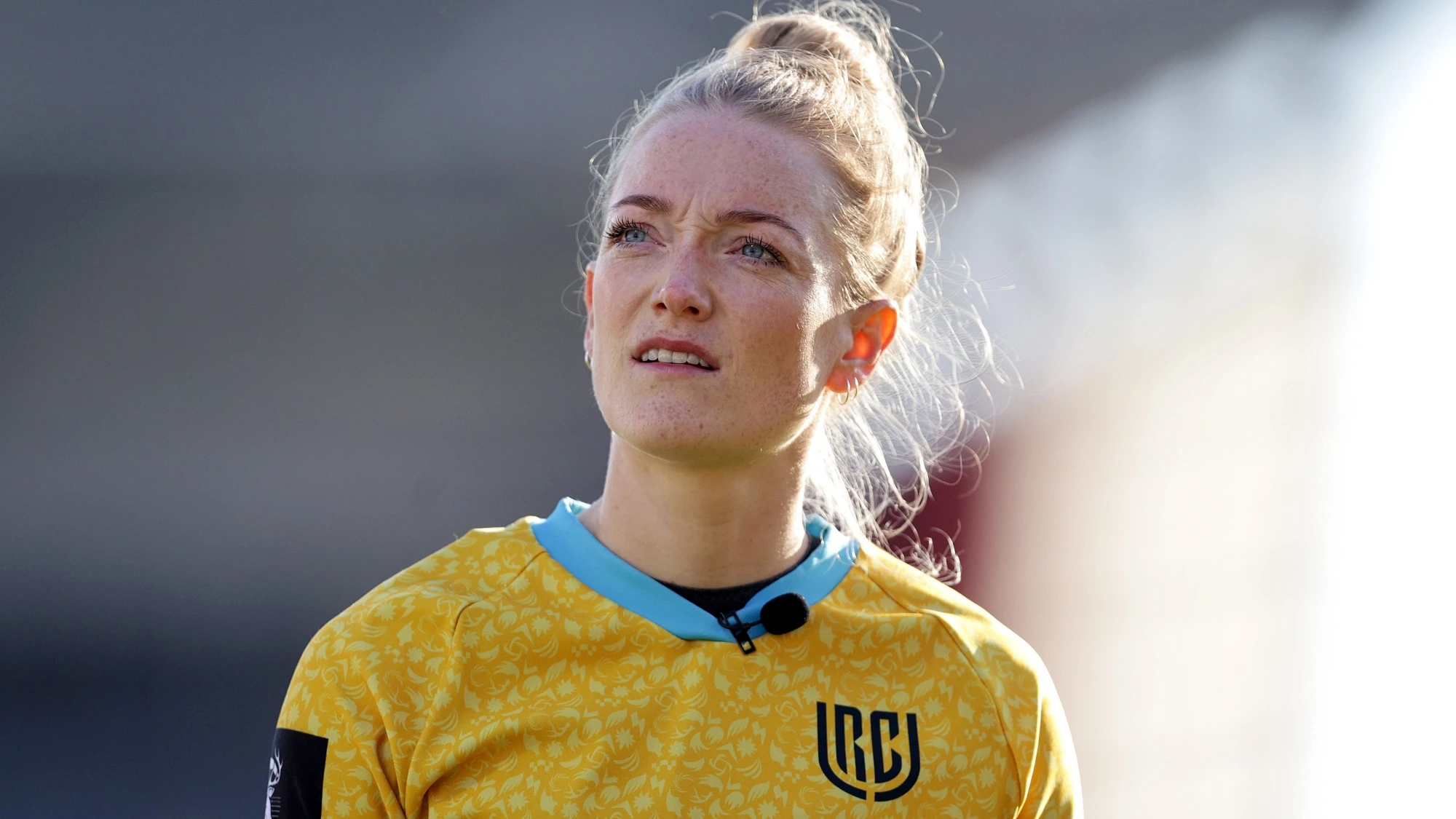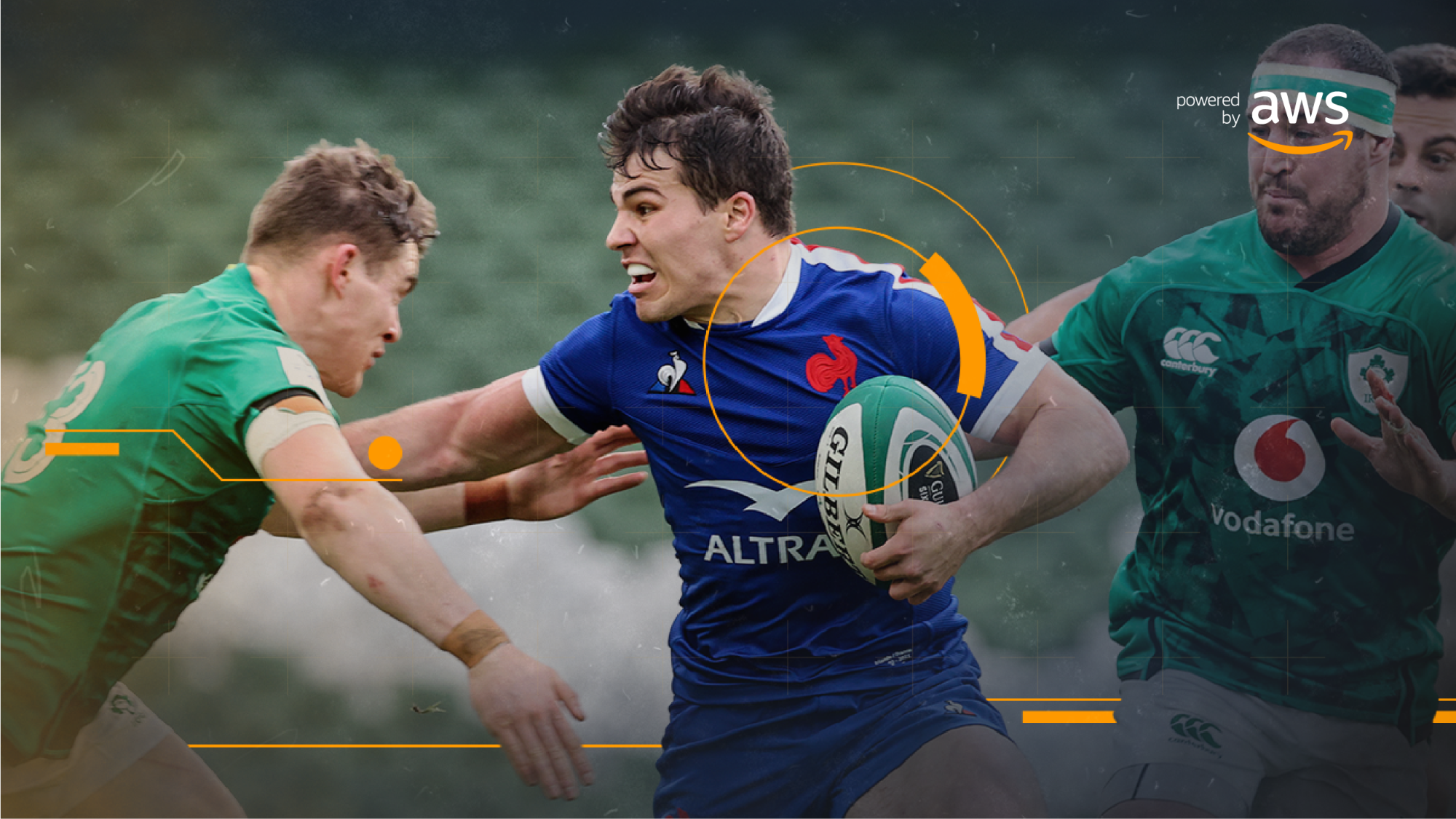From Jonny Wilkinson to Johnny Sexton and Ronan O’Gara to Romain Ntamack, the Guinness Six Nations has showcased many of the world’s best goal-kickers over the years.
With penalties worth three points and conversions two, the success of the kicker off the tee can make all the difference to sides chasing the Championship crown.
Those responsible for kicking goals help decide the outcome in games decided by fine margins and all six sides will be hoping their respective kickers are on form when the Guinness Six Nations resumes from this weekend.
Assessing the likelihood of success from these situations has never been easier thanks to one of the new MatchStats powered by AWS, which looks at exactly that.
Taking into account pitch location, the angle and distance from the posts, altitude and the kicker’s historical success rate, Kick Predictor provides a percentage chance of success to help bring the game to life for fans at home.
WHAT YOU NEED TO KNOW
Technology means rugby fans have greater access to insights into the game than ever before thanks to the MatchStats powered by Amazon Web Services (AWS).
New enhanced match graphics and statistics give supporters greater understanding into a range of key in-game events, including scrum analysis, play patterns, try origins and much more.
Among the revised and finessed AWS MatchStats for the resumption of the 2020 Guinness Six Nations is Kick Predictor – analysing how likely a kicker is to be successful with their attempt at goal.
For those new to the game, there are two circumstances when a kicker – often a fly-half wearing the No.10 jersey, though the responsibility can lie elsewhere – gets a shot at goal.
These are penalties, awarded for infringements by the defensive team and kicked from where the offence takes place, and conversions, which follow tries and are taken from a point in line with where the ball was grounded.
Kick Predictor uses the aforementioned factors – pitch location, angle and distance from the posts, altitude and the kicker’s historical success rate – to produce a percentage likelihood of the kick being successful.
Kick Predictor also shows the predicted success rate in comparison to the historical success rate of all kickers from that area of the pitch as well as the kicker’s previous success rate in the match, showing the location of their previous attempts.
This allows fans to have an insight into whether the kick is likely to be successful and judge the execution of the kick – the lower the likely success rate, the more impressive the kick will need to be.
WHY IS IT IMPORTANT?
Kicking goals is vital for teams at all stages of the game. They can help get early points on the board, keep a side in the game if their opponents are ahead or win a nail-biting contest late on.
There are no shortage of examples when it comes to the value of a great goal-kicker. Chris Paterson, for example, kicked 36 consecutive goals for Scotland between August 2007 and June 2008, including every single attempt in the 2008 Championship.
In this year’s edition, the Welsh kickers lead the way so far. Leigh Halfpenny has taken five shots at goal and been successful with all of them, while Dan Biggar has a success rate of 93.75%, having missed just one of his 16 attempts.
Owen Farrell has landed 84.21% (16 from 19), while both Adam Hastings and Romain Ntamack go into the restart with success rates of 70.59% (12 from 17).
Ntamack was in particularly good form against Wales, slotting over all five of his kicks to help his side to a narrow 27-23 victory.
Of course, a player’s kicking percentages can be skewed by how difficult the kicks are – which is what makes the Kick Predictor such a valuable tool and one that will help add a new layer to coverage and analysis during the remainder of the Guinness Six Nations.
‘MatchStats’ powered by AWS are built using detailed historical rugby data from Stats Perform, who bring decades of experience in collecting and analysing data – including the utilisation of AI – to bring new understanding to those in media, betting and team performance.
For more information about MatchStats powered by AWS, visit the website.



